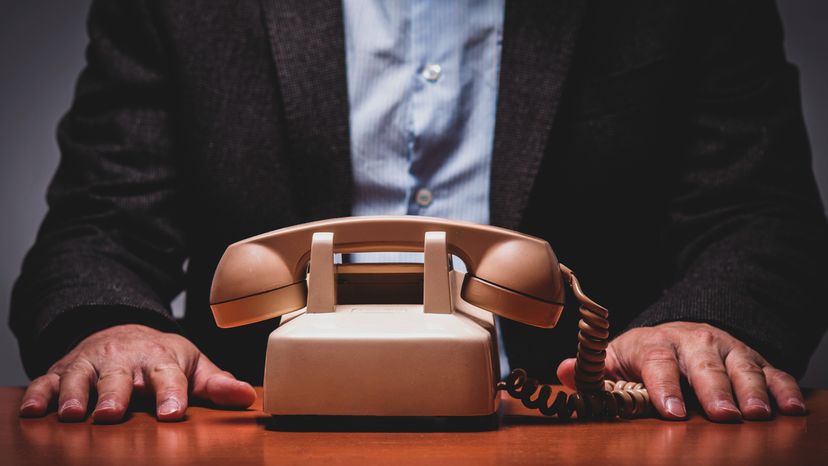
The three most popular cellular services in the United States are normal analog cell phones (AMPS), digital cell phones, and PCS. Analog cellular service is the subject of How Cell Phones Work, so you can learn all about it there.
There are two popular digital systems in the United States. One is generically known as "digital service," and the other is clearly branded as "PCS."
Advertisement
"Digital service" uses digital phones, but they communicate with normal AMPS towers. A call is set up using the normal AMPS protocol, and then the conversation is transmitted digitally. (Check out How CDs Work for information on changing analog signals to digital signals.) Digital phones chop a single AMPS voice channel into three digital channels using a technique called time division multiple access (TDMA). All that means is that three phones can share the same channel, and they each understand that they will only use the channel part of the time. So one phone uses the channel for a subset of a second, then the second phone uses it, then the third, and the cycle repeats. Digital cell phones, as you can see, are a hybrid between the existing analog system and digital technology.
PCS phones are completely digital. They use a whole separate set of towers and a whole separate set of frequencies -- between 1.85 and 2.15 gigahertz (GHz). Because of the higher frequencies, there must be more towers closer together. Because it is completely digital, encryption and error-correcting codes can make the call much clearer and nearly impossible to intercept. PCS normally bundles in other services like paging, caller ID and even e-mail.
Advertisement